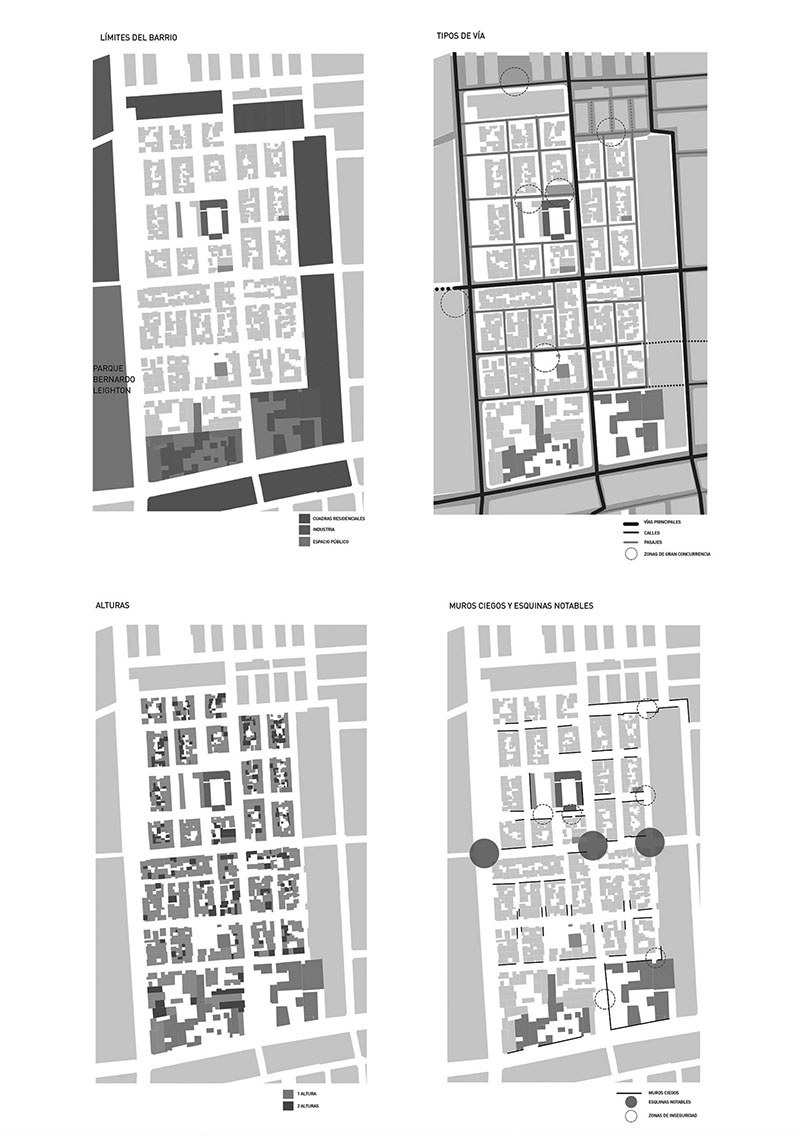Downloads
DOI:
https://doi.org/10.7480/rius.5.3994Abstract
In the debate about public space in the urban regeneration of 9x18 neighbourhoods, it is relevant to follow the urban space definition that transits from one form of society to another. This definition is used by Swekes to describe neighbourhoods that were originally informal settlements, and then suffered transformations that were not sensitive to their previous public life. In 9x18 neighbourhoods, which were born from informal settlements as well, it is possible to recognise the coexistence of public spaces with patterns derived from their original collective life as well as other spaces that emerged from the subsequent governmental interventions. This chapter describes the characteristics of some concrete public and collective spaces, those which simultaneously give shelter to the collective life among people from the land invasions, and the public life of the neighbourhood that was built from new modernising interventions Keywords: Plot of land operation; peripheral urbanisations; public space, collective space; urban regeneration.
How to Cite
Published
Issue
Section
License
Copyright (c) 2019 Elke Schlack

This work is licensed under a Creative Commons Attribution 4.0 International License.
References
Castillo, M. J., & Forray, R. (2014). La vivienda, un problema de acceso al suelo. ARQ (Santiago), (86), 48–57. https://doi.org/10.4067/S0717-69962014000100007
Castillo, M. J., Forray, R., & Sepúlveda, C. (2008). Corolarios arquitectónicos. Más allá de los resultados cuantitativos, los desafíos de la política de vivienda en Chile. Quorum, (20), 14–29.
Giannotti, E., & Mondragón, H. (2017). La inestabilidad de la forma arquitectónica y urbana. Proyectos para barrios populares en Santiago de Chile. 1953-1970. Bitácora Urbano Territorial, 27(1), 35–46. https://doi.org/10.15446/bitacora.v27n1.42910
Skewes, J. C. (2005). De invasor a deudor: el éxodo desde los campamentos a las viviendas sociales en Chile. Los Con Techo. Un Desafió Para La Política de Vivienda Social., 101–122.
Vergara, F., & Palmer, M. (1990). El lote 9x18 en la encrucijada habitacional de hoy. Santiago de Chile: Editorial Universitaria. Facultad de Arquitectura y Bellas Artes. Pontificia Universidad Católica de Chile.




